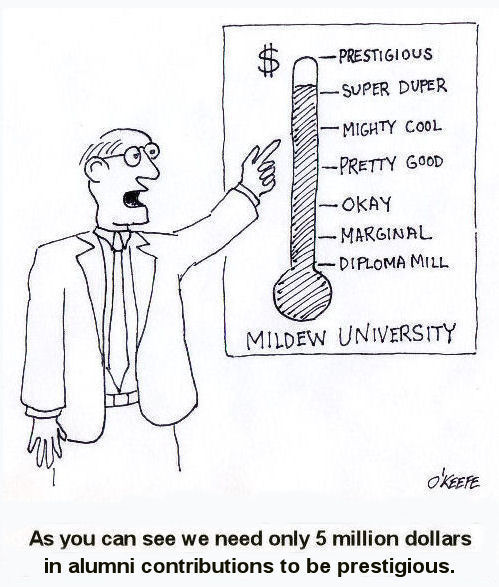| This week’s blog will continue our on-again off-again discussion on challenges faced by today’s engineers. Our focus today will be on different approaches taken towards education.
You don’t need to be a history buff to know that the American educational system is based on the “farm model” and the needs of yesteryear’s mostly rural culture. Summers were devoted to crops, not book learning, and the children were put to work in the fields to help support the family’s farm. Although this model is clearly antiquated, it has held on to the present time, and here we must acknowledge the strength of the teachers’ unions and their protest of a longer work year. Our family has several who name teaching as their profession, and I have heard each of them exclaim in anger at the possibility of working year-round. “I got into this in large part for the summers off!” is their battle cry. Their barely nine-month work year is something they have come to expect and unions fight vigorously to uphold. Now let’s look at the Asian school system. And yes, they do spend more time in school than American students. There is hardly an individual who would not exhort the overall superiority of the Asian systems and their students, and later workers. I’ve heard many Anglo’s declare, “They’re just plain smarter.” But what is behind their smarts? Is it as simple a case as possessing superior genes? Although the Missing Link has yet to be discovered, surely we all hale from the same good human stock, and wouldn’t proclaiming otherwise open one up to be declared racist? Here’s an example I feel is analogous to our discussion. One of my daughters is a gifted violinist, but like most children she hated to practice, leading her teacher to get on his soap box and preach to her about the importance of it. “You know, my best students aren’t the ones who are the most gifted, they’re the ones that work the hardest!” He went on to explain to her– as her thoughts strayed to the squirrel scampering across his roof– that although she, because of her inherent talent, didn’t have to practice as much as less talented students, she still needed to practice. And therein lies the rub. It’s true for the violin, and it’s equally true for other forms of learning, as it is with most things in life. You’ve got to work for it. I recently stumbled upon an interesting blog written by an Asian college student, wherein she makes an honest comparison of the Asian versus American educational system and its students. Rather than reproduce it here, I highly recommend you take a moment to look at it. Some highlights of the Malaysian system of which she is a product include: mandatory after school tutorial sessions and incredible amounts of homework, or to put it in her words, “So much so that you will die from exhaustion at young age,” whereas Americans “seldom have homework.” Asian classrooms also support up to twice as many students per room, which of course flies in the face of American teachers’ often-heard demand that classes be made smaller to ensure a better education. But perhaps the most striking attribute to me was the fact that attitudes on behalf of the typical American student towards their teachers and learning in particular are typically characterized as “whatever.” In fact, American students have no problem openly shunning teachers they do not like, something which is strictly prohibited in the Malaysian schools. Hmm, could it really all boil down to good attitudes and hard work? As for the differences between the sexes, that seems to be a universal, as the blog’s author states, “Girls talk about boys, fashion and makeup; boys talk about cars and girls.” She did not make note of the fact that premarital sex is taboo in most Asian cultures, effectively eliminating a very disruptive element that is present in young Americans’ lives. This young woman’s blog is best viewed using Firefox, which does not break up the table she has painstakingly built: http://toc-py.blogspot.com/2009/02/difference-between-asian-school-and.html _____________________________________________ |
Engineering Expert Witness Blog
Published by Philip J. O'Keefe, PE, MLE





